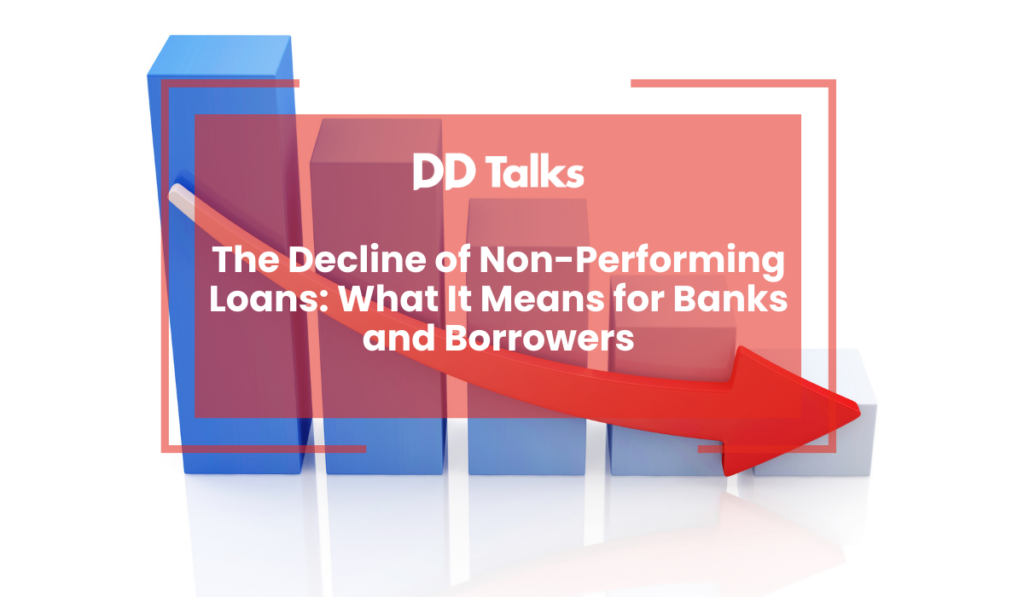The Decline of Non-Performing Loans: What It Means for Banks and Borrowers
Key Takeaways: Understanding Non-Performing Loans in European Banking Definition: Non-performing loans (NPLs) are critical financial indicators representing loans in default or near default, typically after 90 days of missed payments. Trend: European markets have experienced significant declines in NPL ratios due to improved economic conditions and strategic debt management practices. Strategies: Banks are leveraging advanced technologies like machine learning, early warning systems, and digital solutions to proactively manage and reduce bad debt. Economic Impact: Lower NPL ratios contribute to banking sector stability, increased credit availability, and support broader economic growth. Future Direction: The NPL management landscape is evolving with increased digitalisation, regulatory harmonisation, and emerging technologies like AI and blockchain. Regulatory Framework: The European Banking Authority provides standardised definitions and guidelines for NPL classification and management. Table of Contents Understanding Non-Performing Loans and Their Impact on Banking Why Are NPL Ratios Declining Across European Markets? Effective Strategies Banks Use to Reduce Bad Debt How Interest Rates Shape Non-Performing Loan Patterns Managing NPL Portfolios: Best Practices for Banks Economic Benefits of Lower NPL Ratios Future Outlook for NPL Management in European Banking Understanding Non-Performing Loans and Their Impact on Banking Non-performing loans (NPLs) represent one of the most significant challenges in … Continue reading The Decline of Non-Performing Loans: What It Means for Banks and Borrowers
